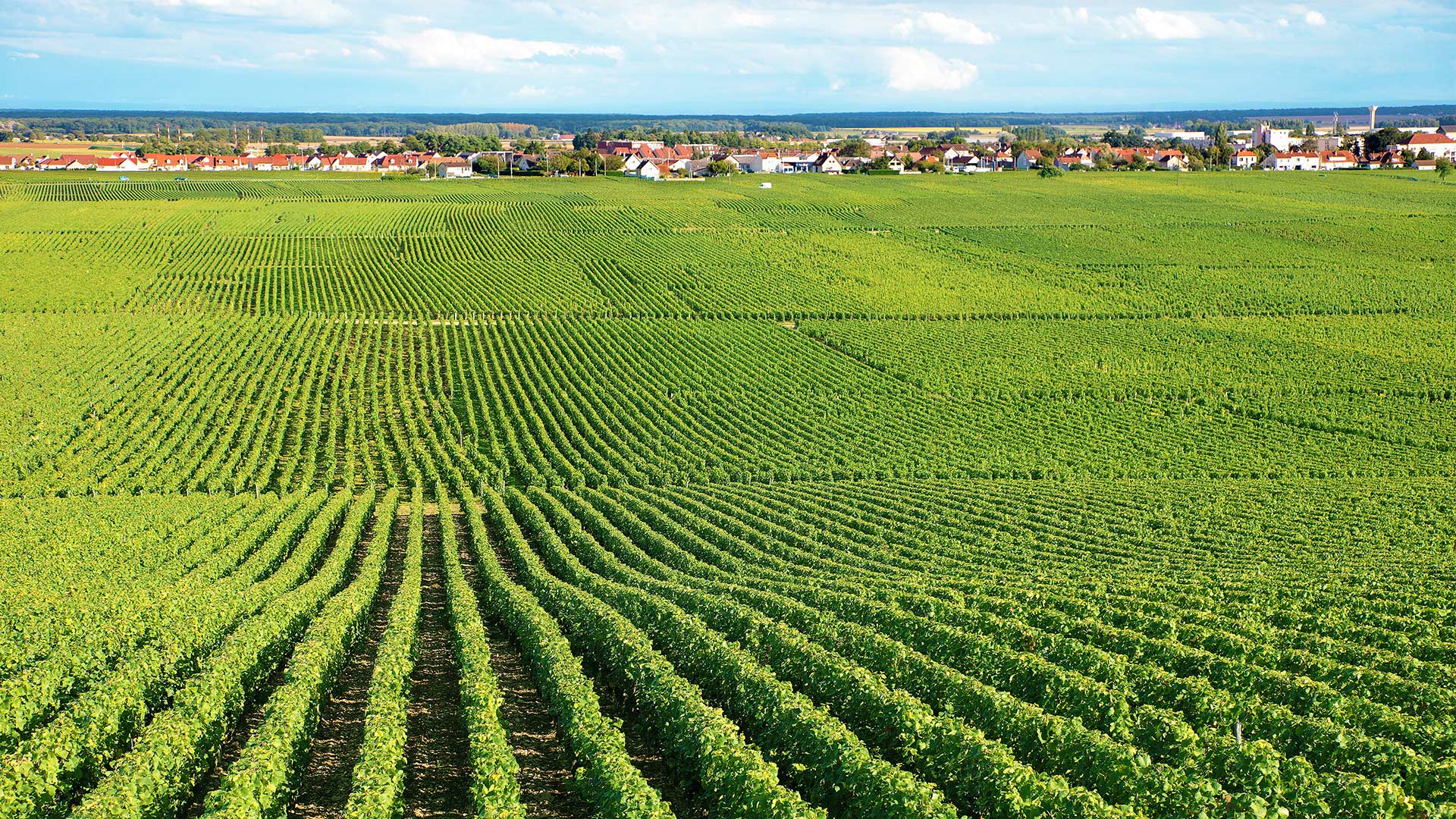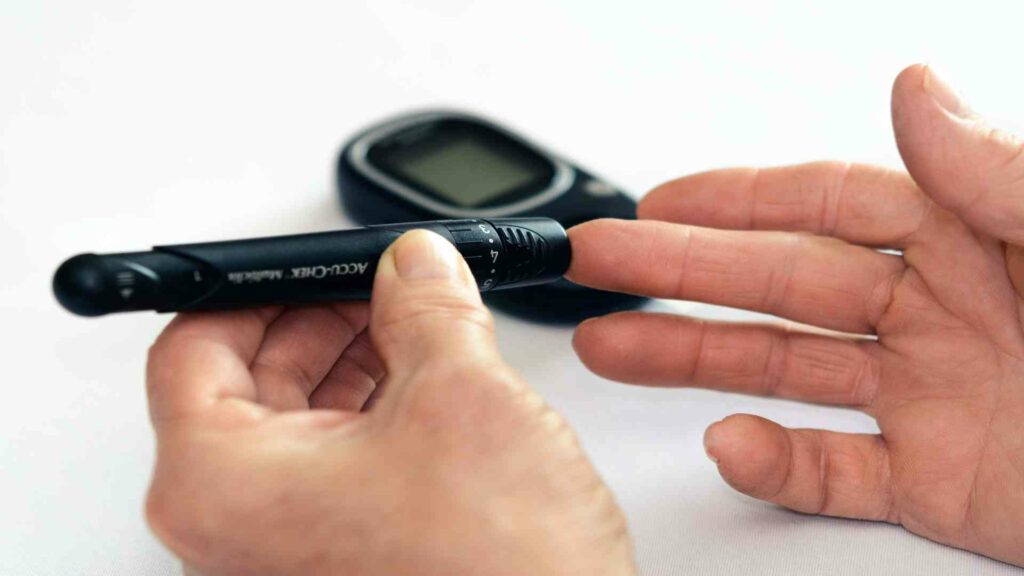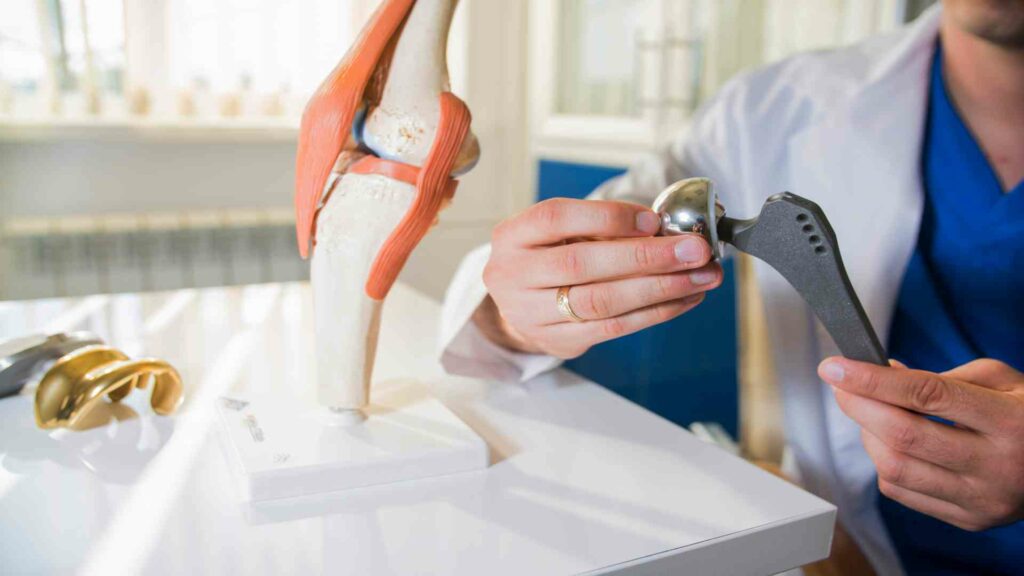Podcast – Viticulture and Boron
Welcome back to Borates Today. Today, we’re going to look at viticulture and boron. Boron is a trace mineral found in red wine and plays an important role in the body’s metabolism. One question often asked is how much boron is there in wine. Well, in red wine, boron concentrations are typically between 0.1 to 10 milligrams per liter as boric acid.

To ensure quality standards are maintained, the International Organization of Vine and Wine, or OIV sets a maximum allowable boric acid concentration limit of 80 milligrams per liter or 14 milligrams per liter of boron.
So, what is the connection between boron, wine, and health? Boron is an essential trace element for plants, including vines. Before a bottle of wine can be opened, vineyard owners know it’s important to ensure that grapevines get the right amount of boron to optimize their health and productivity while growing.
Too little boron can result in yellow blotched leaves, swollen shoots, impaired fruit set, and shot berries. Meanwhile, too much boron can be just as damaging to a vineyard. Boron toxicity occurs with uneven borax application to cure or prevent boron deficiency.
The dark coloration of vine leaves is the first sign of toxicity. As the severity increases, these merge causing the leaves to pucker, wrinkle and die. So the key is to strike a balance between deficiency and excess.
Viticultural practices such as soil type and irrigation directly affect the availability of boron in the environment. Sandy or acidic soils may require additional supplementation with water-soluble fertilizers that contain boron. This way, the vineyard can ensure it has the right amount of boron for optimal health.
In a study into how boron benefits vines, the study concluded that foliar boron treatments are preferable as they yield outcomes much faster than soil applications. The application of boric acid resulted in increased nutrient concentrations of nitrogen, calcium, phosphorus, magnesium, copper, and zinc. But potassium and iron concentrations were reduced.
It was also observed that all other treatments had wide sizes compared to the controlled treatment. Additionally, cluster weight, width, and volumes increased significantly after boric acid treatments, indicating a positive influence on plant growth.
Boric acid applications also affect berry homogeneity, resulting in a more homogenous presentation. The 0.1% boric acid treatment produced the highest soluble solid and maturity index. With rising boron doses, water-soluble dry matter contents were reduced, while acidity values were enhanced.
Treatments with 0.3% boric acid in particular, significantly positively impacted quality, size, and color uniformity. Based on the nutrients and pH levels of the soils under investigation, it was found that foliar nutrient treatments might aid plant growth and development better.
So is a glass of wine beneficial to your health? Well, a moderate amount of wine can benefit your health. A glass of wine contains antioxidants, which help reduce inflammation and protect against cell damage from free radicals. Grapes have a high polyphenol content, an antioxidant that reduces oxidative stress and inflammation.
Compared to white grape varieties, red wine grapes have higher antioxidant levels, so drinking red wine may cause a greater increase in blood antioxidant levels. A two-week study of 40 adults discovered that drinking 400 milliliters of red wine daily enhanced antioxidant capacity.
While there are certainly positive benefits to drinking a glass of red wine each day, it is important to remember that too much alcohol consumption can lead to serious health problems.
And that’s all from Borates Today. We hope that you’ve enjoyed this quick dive into viticulture and boron. Thanks for listening!





